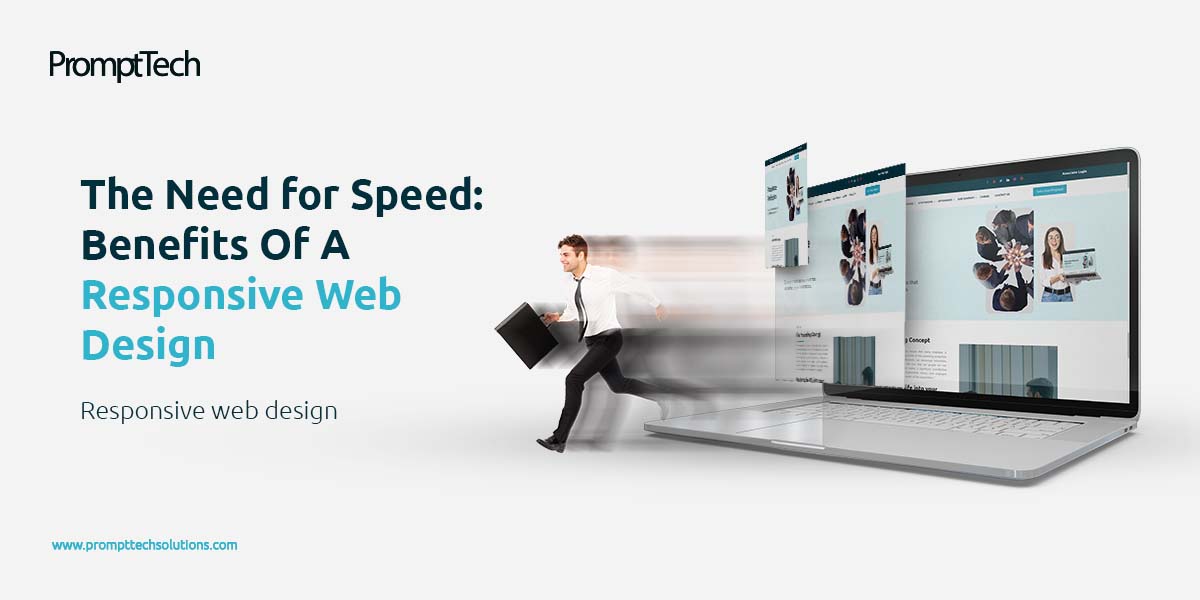
The Need for Speed: Benefits Of A Responsive Web Design
Are you fed up with websites that take an eternity to load? How often have you given up on a website due to its poor performance? OK, you’re not the only one. The time it takes for a website to load significantly impacts user engagement and conversion rates. A website’s performance depends on many factors, including its search engine ranking, bounce rate, and overall user experience. In this blog, we’ll explore the impact of website load speeds on user engagement and conversion rates and provide essential tips for optimising your website’s load time. We will also discuss how responsive web design and development may help you build a site that loads quickly, functions flawlessly, and attracts visitors. Put your feet up, unwind, and prepare to dig in!
The Negative Effects of Slow Load Times on User Engagement
Website load time is essential since it affects user engagement. An Akamai study found that a delay of even one second in page load time can reduce conversions by as much as 7%. Users become frustrated and depart when a website takes too long to load, increasing the site’s bounce rate. Search engine rankings suffer as a result, as search engines prioritise sites with low bounce rates for organic traffic. On the other hand, a faster-loading website can enhance the user experience and increase the time visitors spend on the site, decreasing the bounce rate and increasing the likelihood that they will take the desired action, such as completing a purchase or filling out a contact form.
Slow Load Times and Their Negative Impact on Conversion Rates
How quickly a website loads also has an impact on conversion rates. When a page takes too long to display, visitors may become impatient and abandon the site without making a purchase. This is particularly important for online stores, where a quick purchase completion time is essential for consumer retention. In contrast, a website that loads rapidly can improve user engagement and increase conversion rates. According to research by Amazon, the e-commerce giant lost 1% of sales for every 100 milliseconds of page load time delay.
How can digital marketing solutions come to the rescue?
Digital marketing solutions can include designing and developing a website. Companies should prioritise responsive web design when creating new sites because of the increasing number of users accessing content via mobile devices. With responsive web design and development, you can be confident that your site will appear great on any device, including smartphones and tablets.
In addition to making their sites mobile-friendly, businesses should focus on making their pages load quickly. This can be done by reducing the size of all files used on the site, including images, using a content delivery network (CDN), using a few plugins, writing little code, and updating the site frequently. Businesses may reduce website loading times and boost user engagement and conversion rates by making these changes.
Conclusion
A website’s success can be directly tied to its load time and overall design. A company’s digital strategy would greatly benefit from prioritising website load speed and responsive web design. This would guarantee a positive user experience and increase the likelihood of conversions. To maximise user engagement and conversion rates, businesses should use the above-mentioned optimisations to speed up their website’s loading time. Working with professionals in web design and development is essential for businesses that want to reap the full benefits of digital marketing.







